
IME Cement Exports Make Comeback
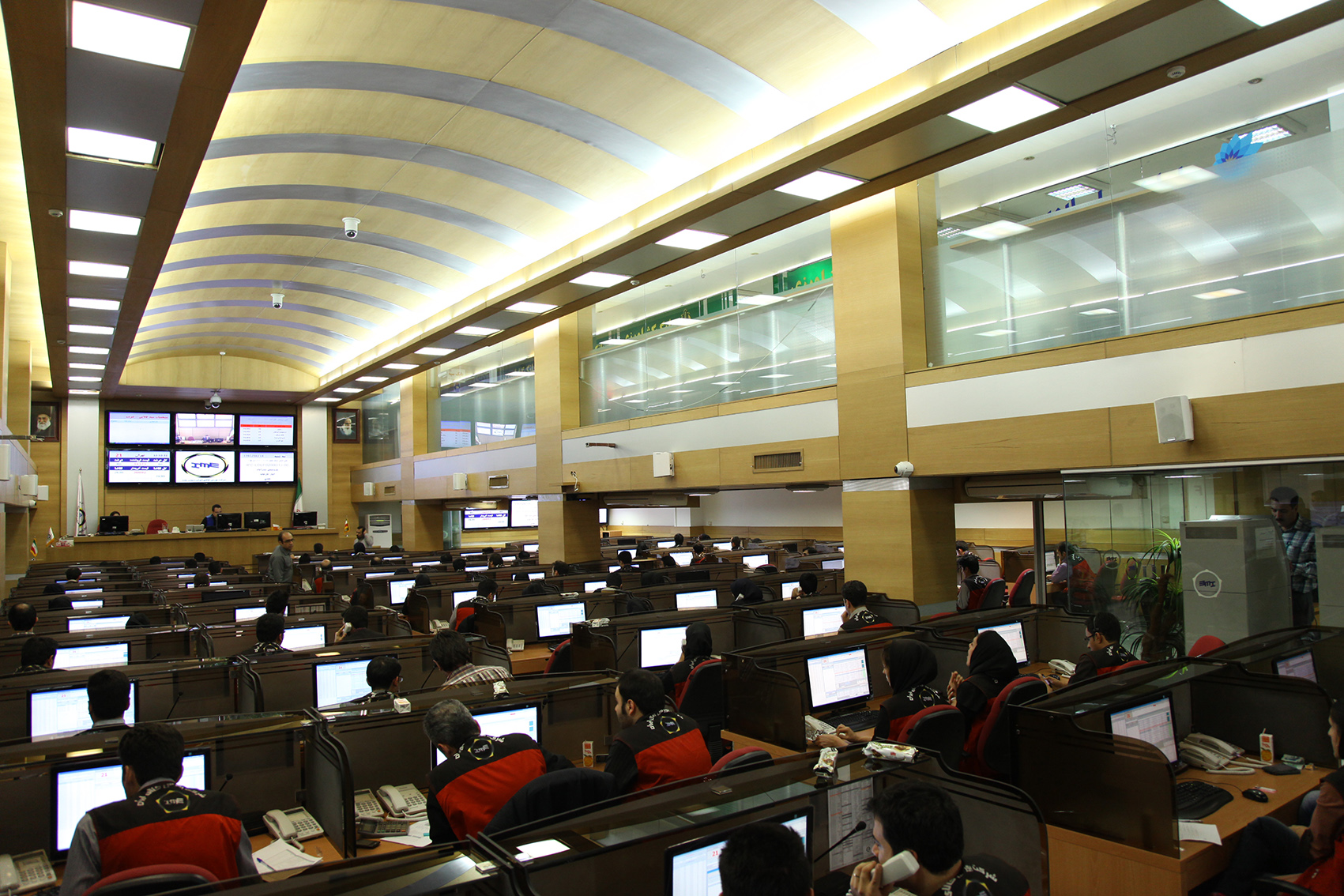
Isfahan Cement Company initiated the offering with 2,000 tons of the construction material on Saturday, 1,000 tons of which were traded on cash payment.
“We intend to expand our export markets for cement and unify prices by exporting the commodity through IME,” Hamed Soltaninejad was also quoted as saying by IRNA.
Cement offering at the mercantile exchange began in 2010. About 1 million tons were traded and 63,000 tons were exported in the next two years. However, government-enforced pricings and the subsequent lack of competition caused cement manufacturers to become disillusioned with the exchange and pull out of IME in 2012.
Soltaninejad referred to the glut in the domestic cement market and emphasized that IME’s capability to carry out foreign transactions in dollars and euros.
“IME’ use of new financial instruments such a salaf and standard parallel salam contracts (Islamic versions of future contracts) can bolster Iranian producers’ presence in regional markets while providing them with much-needed liquidity,” he said.
Cement producers are currently going through a rough patch. They are grappling with weak demand at home, as a result of a dormant construction sector.
They recently lost the Iraqi market, one of the main export destinations of Iranian cement. North African countries like Kenya and Ethiopia are currently being considered as alternative markets.
Earlier, Mohammad Atabak with the Cement Industry Employers Association said cement prices were expected to rise about 15% in late June, adding that the hike in prices is meant to compensate the rising production costs.
More than 15 million tons of cement and clinker–the main material used in cement production–were exported in the last Iranian year (March 2015-16), with Iraq accounting for close to 65% of this figure. Afghanistan, Kuwait and Qatar were other major destinations.
Iran aims to increase production and exports to 120 million and 32 million tons respectively by the end of 2020.
Iran was the world’s seventh largest cement producer and second largest exporter in 2015.
Highlight: IME’s capability of carrying out foreign transactions in dollars and euros, in addition to using new financial instruments can bolster Iranian producers’ presence in regional markets


Caterpillar sees US tariff hit of up to $1.5 billion this year

Australia pledges $87M to rescue Trafigura’s Nyrstar smelters in critical minerals push

SAIL Bhilai Steel relies on Danieli proprietary technology to expand plate mill portfolio to higher steel grades

Alba Discloses its Financial Results for the Second Quarter and H1 of 2025
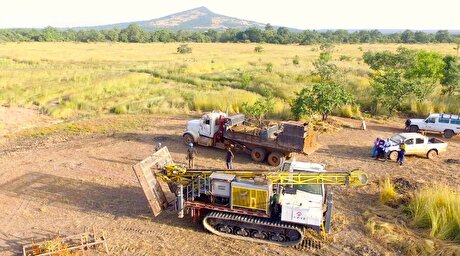
Fortuna rises on improved resource estimate for Senegal gold project
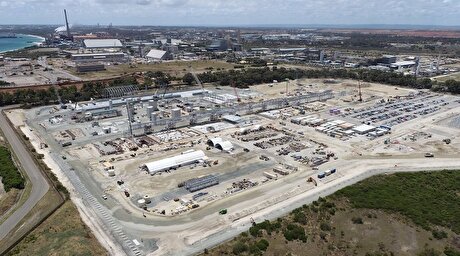
Tianqi Lithium Australia JV says it is prioritizing long-term viability of refinery

Fresnillo lifts gold forecast on strong first-half surge

Copper price slips as unwinding of tariff trade boosts LME stockpiles

Why did copper escape US tariffs when aluminum did not?
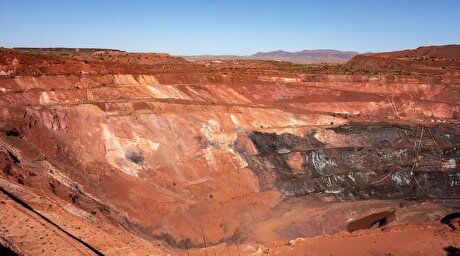
New research reveals source of world’s richest lithium deposits

Century Aluminum to invest $50M in Mt. Holly smelter restart in South Carolina
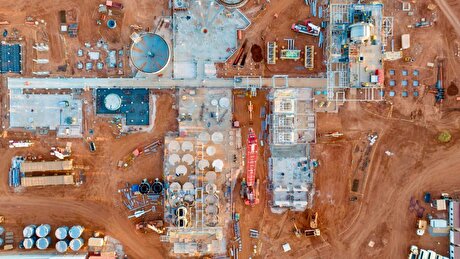
Australia to invest $33 million to boost Liontown’s Kathleen lithium operations
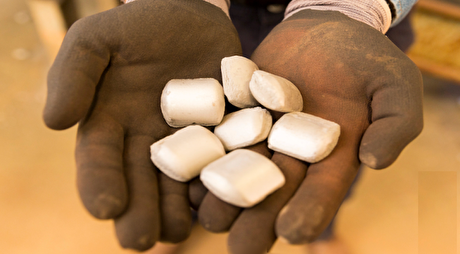
Glencore warns of cobalt surplus amid DRC export ban
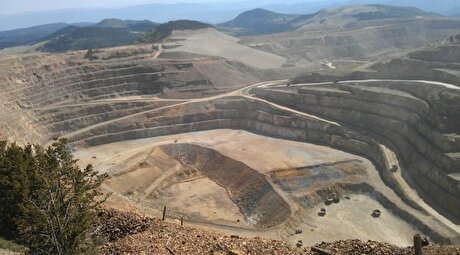
SSR Mining soars on Q2 earnings beat

A Danieli greenfield project for competitive, quality rebar production

China limits supply of critical minerals to US defense sector: WSJ

Alba Hits 38 Million Safe Working Hours Without LTI
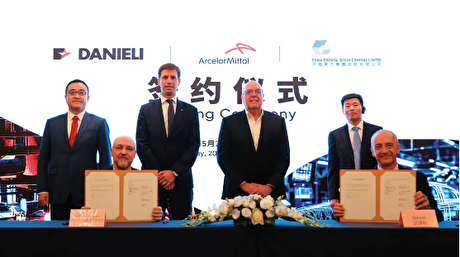
Advanced cold-rolled strip for China’s New Energy Vehicle market

Codelco seeks restart at Chilean copper mine after collapse

Century Aluminum to invest $50M in Mt. Holly smelter restart in South Carolina

Australia to invest $33 million to boost Liontown’s Kathleen lithium operations

Glencore warns of cobalt surplus amid DRC export ban

SSR Mining soars on Q2 earnings beat

A Danieli greenfield project for competitive, quality rebar production

China limits supply of critical minerals to US defense sector: WSJ

Alba Hits 38 Million Safe Working Hours Without LTI

Advanced cold-rolled strip for China’s New Energy Vehicle market

Codelco seeks restart at Chilean copper mine after collapse














